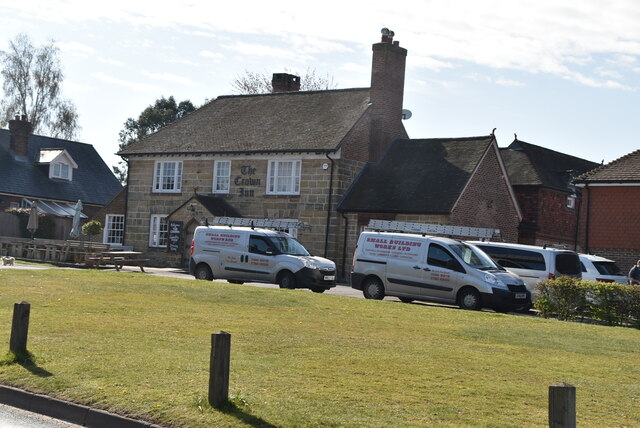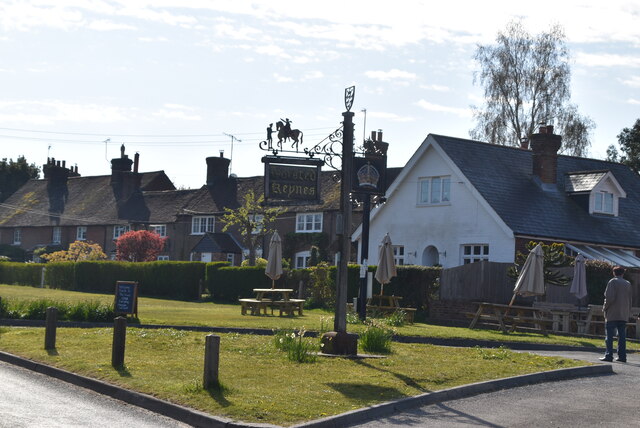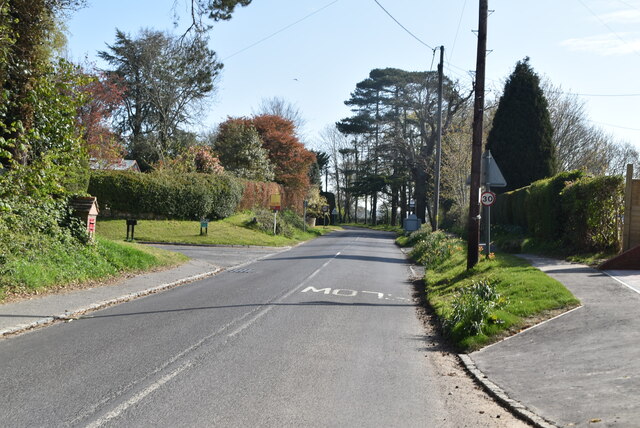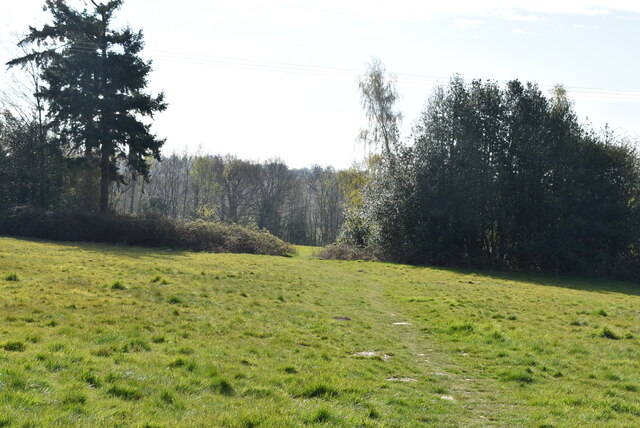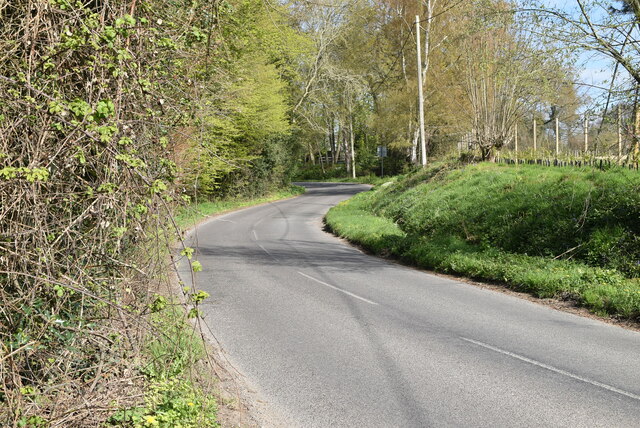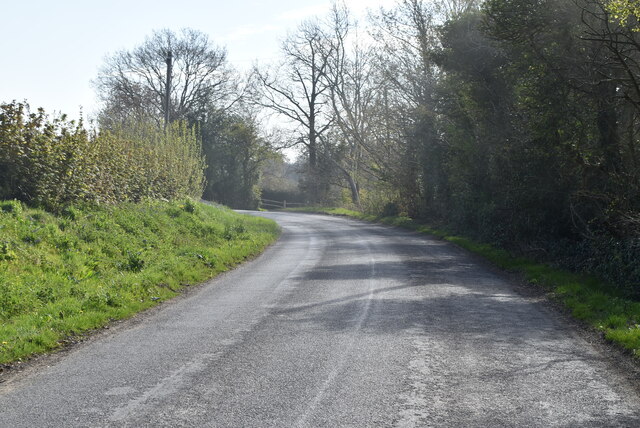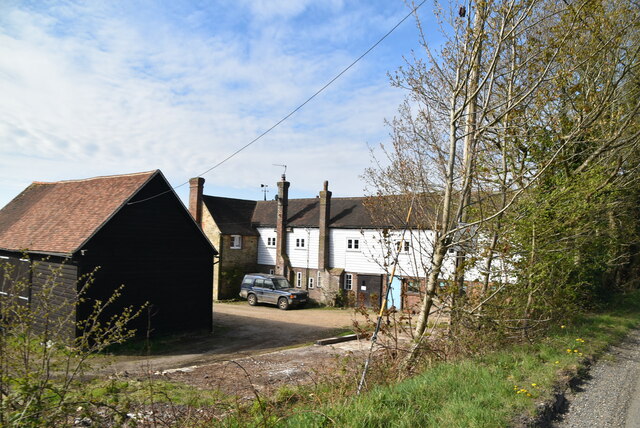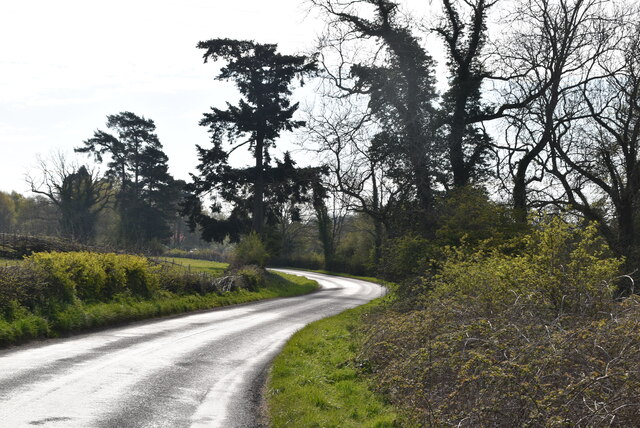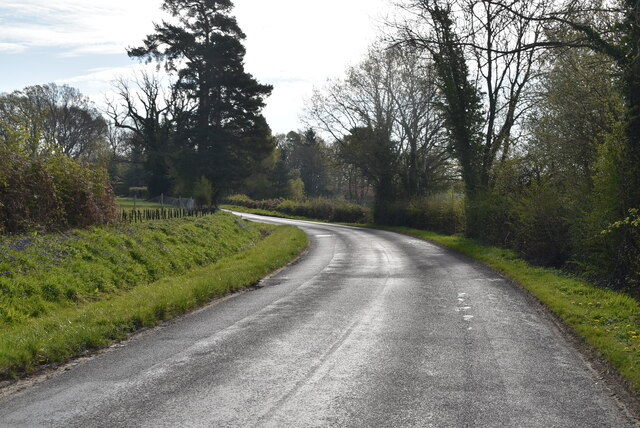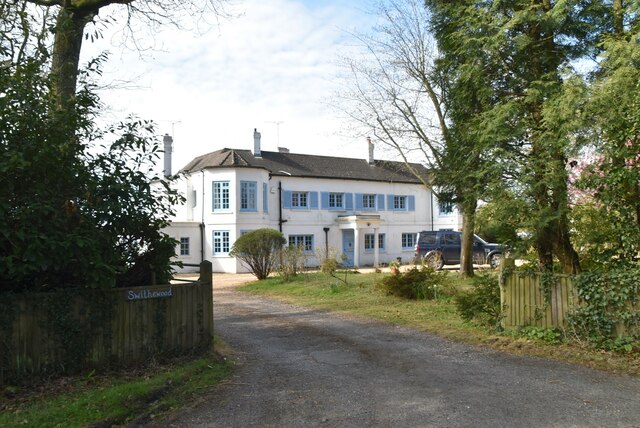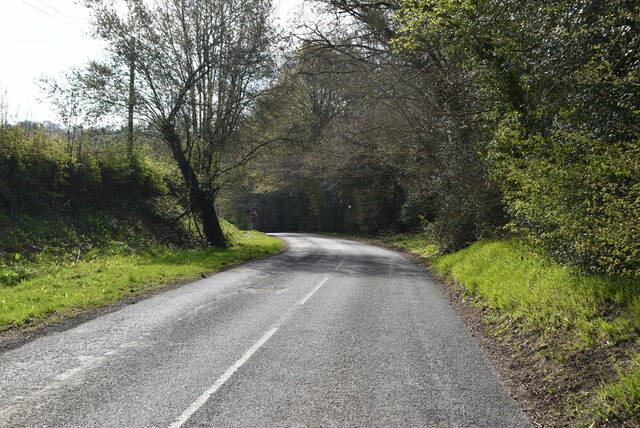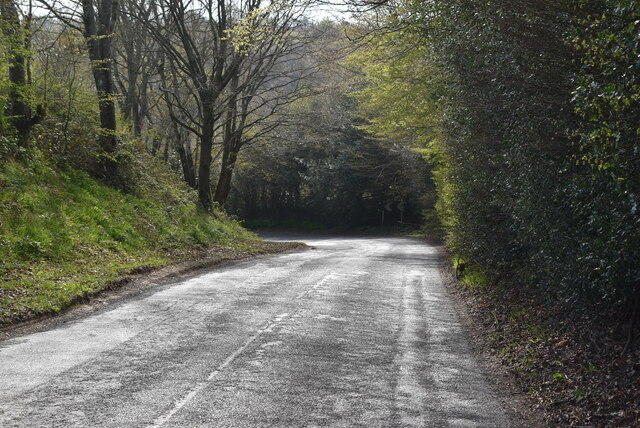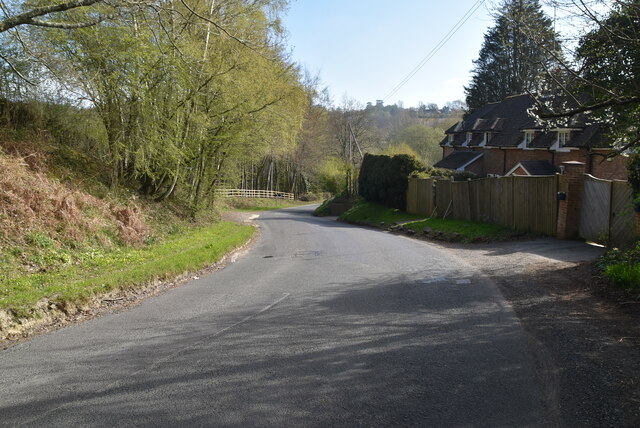Ovenden Wood
Wood, Forest in Sussex Mid Sussex
England
Ovenden Wood
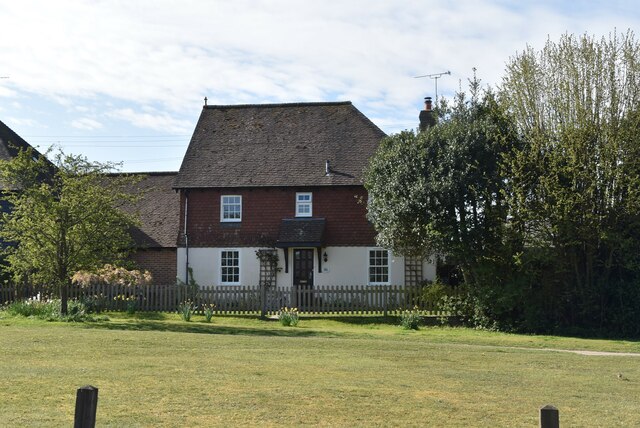
Ovenden Wood is a picturesque woodland located in the county of Sussex, England. Spanning over a vast area of approximately 100 hectares, it is known for its diverse array of flora and fauna, making it a popular destination for nature enthusiasts and outdoor adventurers alike.
The wood is predominantly composed of broadleaf trees such as oak, beech, and ash, creating a dense canopy that provides shade and shelter for the many woodland creatures that call Ovenden Wood their home. The forest floor is adorned with an abundance of wildflowers, including bluebells, primroses, and wood anemones, which create a vibrant and colorful carpet during the spring months.
Ovenden Wood offers a variety of walking trails, allowing visitors to explore its tranquil surroundings at their own pace. The trails wind through the ancient woodland, offering glimpses of wildlife such as deer, foxes, and a wide array of bird species. The wood is also home to several small streams and ponds, adding to its natural beauty and providing habitats for numerous aquatic species.
In addition to its natural wonders, Ovenden Wood also holds historical significance. The wood has been managed by local communities for centuries, and remnants of old charcoal hearths and sawpits can still be found, serving as a reminder of the area's past as a source of timber and fuel.
Overall, Ovenden Wood offers a serene and captivating experience for visitors, with its enchanting beauty, diverse wildlife, and rich history. It is a true gem of Sussex, inviting all who wander through its trails to immerse themselves in the wonders of nature.
If you have any feedback on the listing, please let us know in the comments section below.
Ovenden Wood Images
Images are sourced within 2km of 51.035648/-0.010544332 or Grid Reference TQ3928. Thanks to Geograph Open Source API. All images are credited.

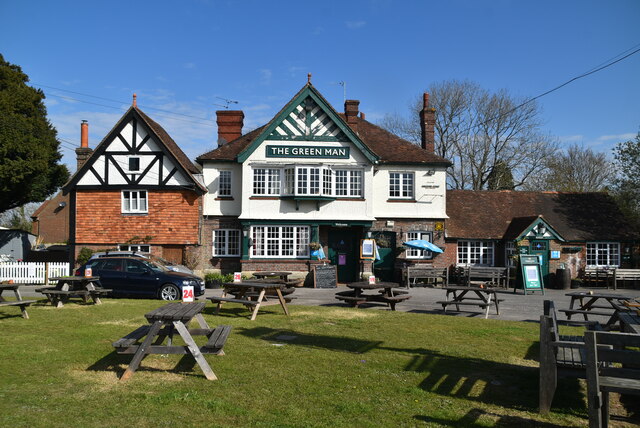
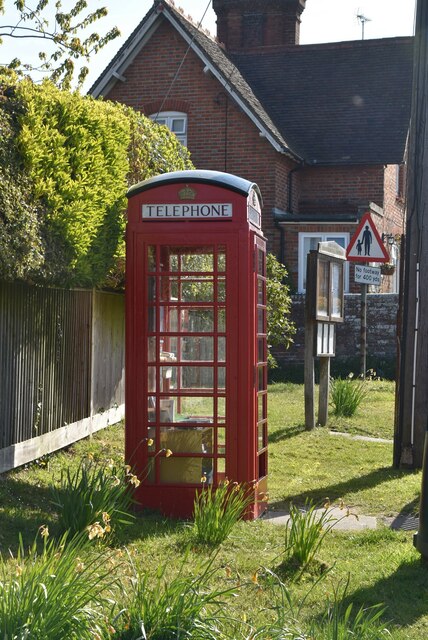
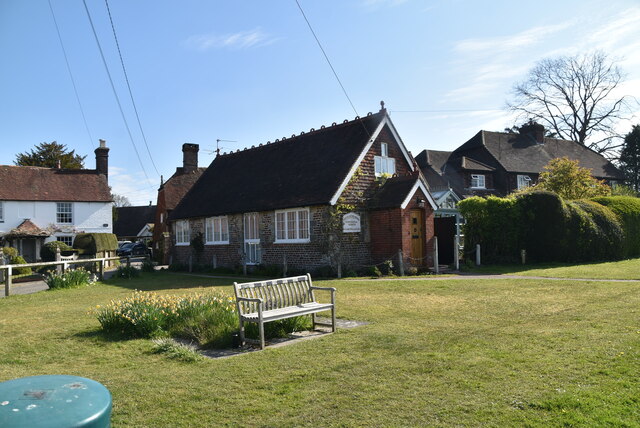
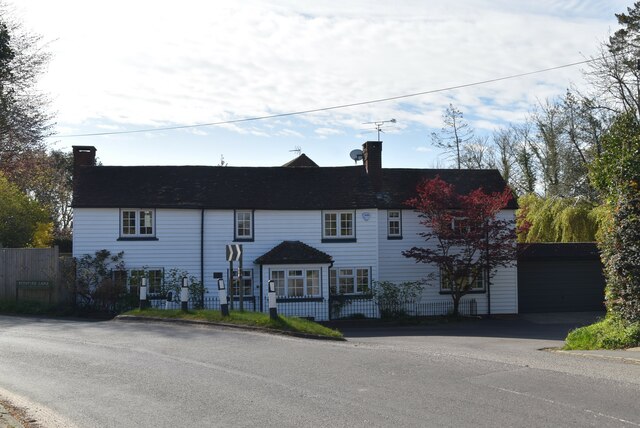
Ovenden Wood is located at Grid Ref: TQ3928 (Lat: 51.035648, Lng: -0.010544332)
Administrative County: West Sussex
District: Mid Sussex
Police Authority: Sussex
What 3 Words
///montage.dealings.enthused. Near Horsted Keynes, West Sussex
Nearby Locations
Related Wikis
Danehill, East Sussex
Danehill is a village in East Sussex, England. == Religious sites == There are two Anglican churches in the parish: one at Danehill (dedicated to All Saints...
Horsted Keynes
Horsted Keynes KAYNZ is a village and civil parish in the Mid Sussex District of West Sussex, England. The village is about 5 miles (8 km) north east...
St Giles' Church, Horsted Keynes
St Giles' Church is an Anglican church in the village of Horsted Keynes in Mid Sussex, one of seven local government districts in the English county of...
Freshfield Lane
Freshfield Lane is a 17-hectare (42-acre) geological Site of Special Scientific Interest east of Haywards Heath in West Sussex. It is a Geological Conservation...
Lindfield & High Weald (electoral division)
Lindfield & High Weald is an electoral division of West Sussex in the United Kingdom, and returns one member to sit on West Sussex County Council. ��2...
Isaac Roberts' Observatory
Isaac Roberts' Observatory was an observatory, installed in the private home of the British astronomer Isaac Roberts. It was in Crowborough, Sussex, and...
Furner's Green
Furner's Green is a hamlet in the civil parish of Danehill in East Sussex, England. == Geography == Furner's Green lies on the Greenwich Meridian about...
Bluebell Railway
The Bluebell Railway is an 11 mi (17.7 km) heritage line almost entirely in West Sussex in England, except for Sheffield Park which is in East Sussex....
Nearby Amenities
Located within 500m of 51.035648,-0.010544332Have you been to Ovenden Wood?
Leave your review of Ovenden Wood below (or comments, questions and feedback).
